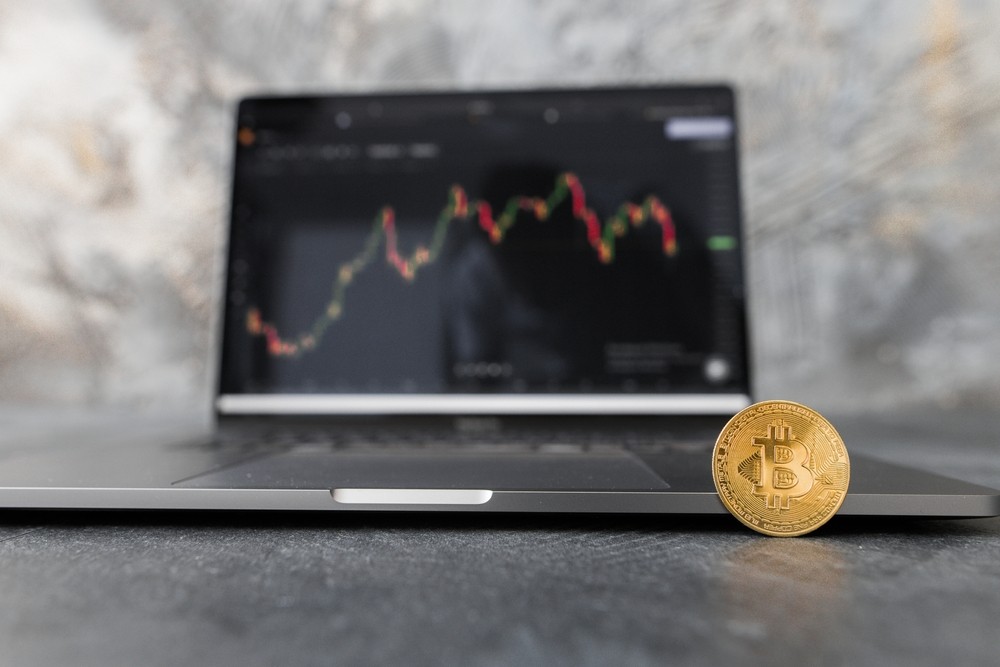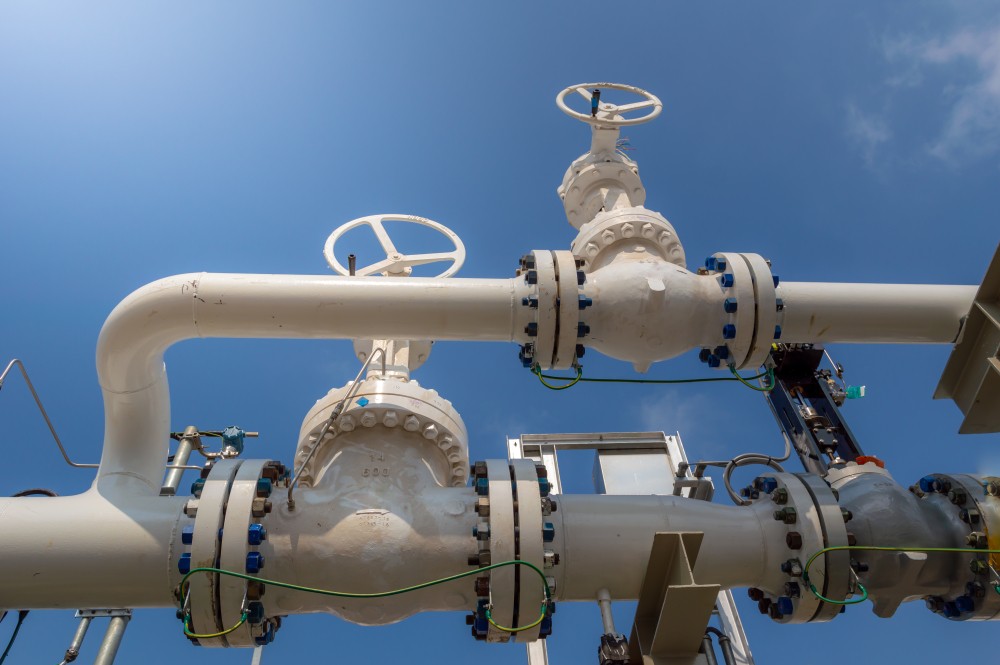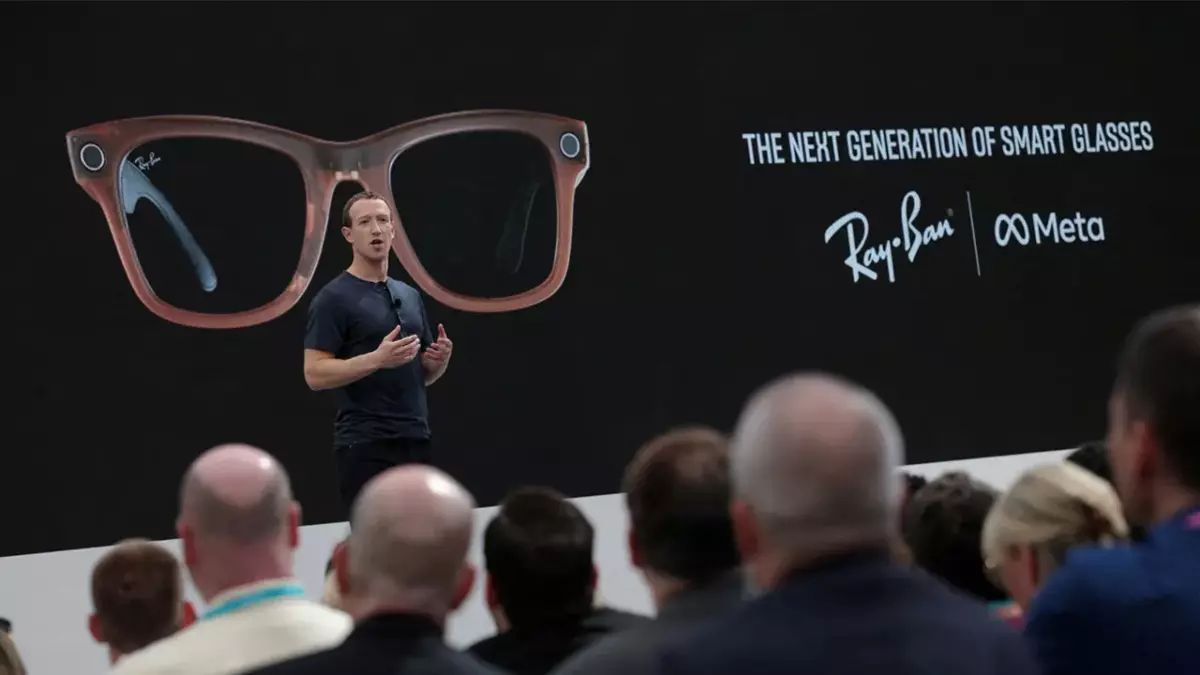Argo Blockchain has emerged as a significant player in the ever-evolving landscape of cryptocurrencies, revolutionizing how digital currencies are mined and traded.
Here, we delve into the intricacies of Argo Blockchain, exploring its background, operations, achievements, challenges, and prospects.
What’s interesting, it was established with the vision of democratizing access to cryptocurrency mining, making it more accessible to individual miners and investors. The company is headquartered in London, United Kingdom. Since its inception, it has focused on harnessing the power of blockchain technology to streamline the process of cryptocurrency mining.
Operations
To cut a long story short, Argo Blockchain is a cryptocurrency miner, particularly Bitcoin (BTC) and other altcoins. Mining is the process through which transactions are verified and added to a blockchain ledger, with miners using powerful computers to solve complex mathematical puzzles. In return for their efforts, miners are rewarded with newly minted coins.
Interestingly, it operates state-of-the-art mining facilities equipped with high-performance hardware optimized for maximum efficiency and profitability. The company’s mining operations leverage renewable energy sources whenever possible, reflecting its commitment to sustainability and environmental responsibility.
In addition to mining activities, Argo Blockchain offers mining-as-a-service (MaaS) solutions, allowing individuals and institutions to participate in cryptocurrency mining without the need to invest in expensive hardware or manage complex infrastructure. Through its user-friendly platform, Argo offers cloud mining contracts, enabling customers to earn rewards from mining operations conducted on their behalf.
Achievements

Argo Blockchain has achieved several significant milestones since its inception, solidifying its position as a key player in the cryptocurrency industry. Some notable achievements include:
Listing on the London Stock Exchange (LSE): In August 2018, Argo Blockchain became the first cryptocurrency company to be listed on the London Stock Exchange. The successful IPO marked a significant moment for the cryptocurrency industry, providing investors with a regulated avenue to invest in digital assets.
Expansion of mining operations: The company has continually expanded its mining operations, increasing its hash rate and computing power to enhance its global competitiveness. The company’s strategic deployment of resources has enabled it to navigate market fluctuations and maintain steady growth.
Focus on sustainability: Argo Blockchain has made sustainability a priority in its operations, actively seeking out renewable energy sources to power its mining facilities. By minimizing its environmental impact, the company aims to set a precedent for responsible mining practices within the industry.
Financial performance: Despite the volatility of the cryptocurrency market, Argo Blockchain has demonstrated robust financial performance, reporting strong revenues and profitability. The company’s prudent financial management and strategic investments have contributed to its resilience in the face of market fluctuations.
Innovative technologies: Argo Blockchain remains at the forefront of technological innovation in the cryptocurrency mining sector, continuously exploring new methods to improve efficiency, reduce costs, and optimize performance. Through ongoing research and development efforts, the company seeks to maintain its competitive edge in an evolving industry.
Challenges

We can’t forget about challenges.
While Argo Blockchain has achieved considerable success, it also faces various challenges inherent in the cryptocurrency industry:
Regulatory uncertainty: The regulatory landscape surrounding cryptocurrencies remains uncertain and subject to change. Regulatory developments could impact Argo Blockchain’s operations, requiring the company to adapt its business model to comply with evolving regulations.
Market volatility: Cryptocurrency markets are notoriously volatile, with prices subject to rapid fluctuations driven by factors such as investor sentiment, macroeconomic trends, and regulatory announcements. Argo Blockchain must navigate this volatility to mitigate risks and maintain financial stability.
Technological risks: The cryptocurrency mining industry is highly dependent on technological advancements, with hardware innovations and algorithmic changes constantly reshaping the competitive landscape. Argo Blockchain must stay abreast of technological developments to remain competitive and efficient.
Security concerns: As a prominent player in the cryptocurrency space, Argo Blockchain faces security threats such as cyberattacks and hacking attempts. Safeguarding its infrastructure and protecting customer assets are paramount priorities for the company.
Environmental impact: While the company has made strides in adopting sustainable practices, cryptocurrency mining remains energy-intensive, raising concerns about its environmental impact. Balancing the need for energy efficiency with operational requirements poses a significant challenge for the company.
Bitcoin mining

As stated earlier, Argo Blockchain is a crypto-mining company. So, it is important to understand how crypto mining companies work.
Bitcoin mining is the process by which new bitcoins are generated and transactions are verified and added to the blockchain ledger. It is a crucial aspect of the Bitcoin network, providing security, decentralization, and incentivization for participants.
Mechanics of Bitcoin Mining:
Bitcoin operates on a decentralized network where transactions are recorded on a public ledger called the blockchain. Mining serves two primary purposes in this network: it adds new transactions to the blockchain and secures the network by confirming the validity of transactions.
Bitcoin mining involves solving complex mathematical puzzles using computational power. Miners compete to find a specific hash value that meets the criteria set by the Bitcoin protocol. This process is known as Proof of Work (PoW), where miners expend computational resources to solve these puzzles and earn the right to add a new block of transactions to the blockchain.
Equipment involved
In the early days of Bitcoin, mining could be done using a regular CPU (central processing unit). However, as the network grew and competition increased, miners transitioned to more powerful hardware, such as GPUs (graphics processing units) and eventually specialized ASIC (application-specific integrated circuit) miners. These ASIC miners are specifically designed for mining Bitcoin and offer significantly higher hash rates, making them more efficient and competitive in the mining process.
Mining process

The mining process begins with miners collecting pending transactions from the network and bundling them into a block. They then compete to solve a cryptographic puzzle by repeatedly hashing the block’s header until they find a hash value that meets the target criteria specified by the network difficulty. Once a miner discovers the correct hash, they broadcast the solution to the network, and other miners verify its validity.
The miner who successfully solves the puzzle first is rewarded with newly minted bitcoins and transaction fees included in the block. This process is known as a block reward, and it serves as an incentive for miners to contribute their computational power to secure the network.
Environmental impact
Bitcoin mining has attracted criticism for its energy consumption and environmental impact. The energy-intensive nature of mining, especially with the rise of ASIC miners, has led to concerns about its carbon footprint. Mining operations often rely on fossil fuels, contributing to greenhouse gas emissions and environmental degradation.
However, it’s essential to note that Bitcoin mining’s environmental impact varies depending on factors such as the source of energy used. Some mining operations leverage renewable energy sources like hydroelectric, solar, or wind power to mitigate their environmental footprint. Additionally, efforts are underway to develop more energy-efficient mining technologies and promote sustainable mining practices within the industry.
Despite its challenges, Bitcoin mining continues to evolve and adapt to changes in technology, regulation, and market dynamics. The upcoming halving events, which reduce the block reward issued to miners by half approximately every four years, will further shape the mining landscape by affecting miners’ profitability and the overall supply of new bitcoins.
Prospects

Despite the challenges it faces, Argo Blockchain is well-positioned to capitalize on the continued growth and evolution of the cryptocurrency industry. The company’s focus on sustainability, technological innovation, and financial prudence bodes well for its long-term prospects.
As cryptocurrencies become increasingly integrated into mainstream finance and digital economies, Argo Blockchain stands to play a pivotal role in shaping the future of decentralized finance.
In conclusion, Argo Blockchain represents a compelling example of innovation and resilience in the cryptocurrency sector.
The company has established itself as a leader in cryptocurrency mining and blockchain technology through its dedication to efficiency, sustainability, and technological excellence. As it continues to navigate the complexities of the digital asset landscape, Argo Blockchain remains poised for continued growth and success in the years to come.









COMMENTS